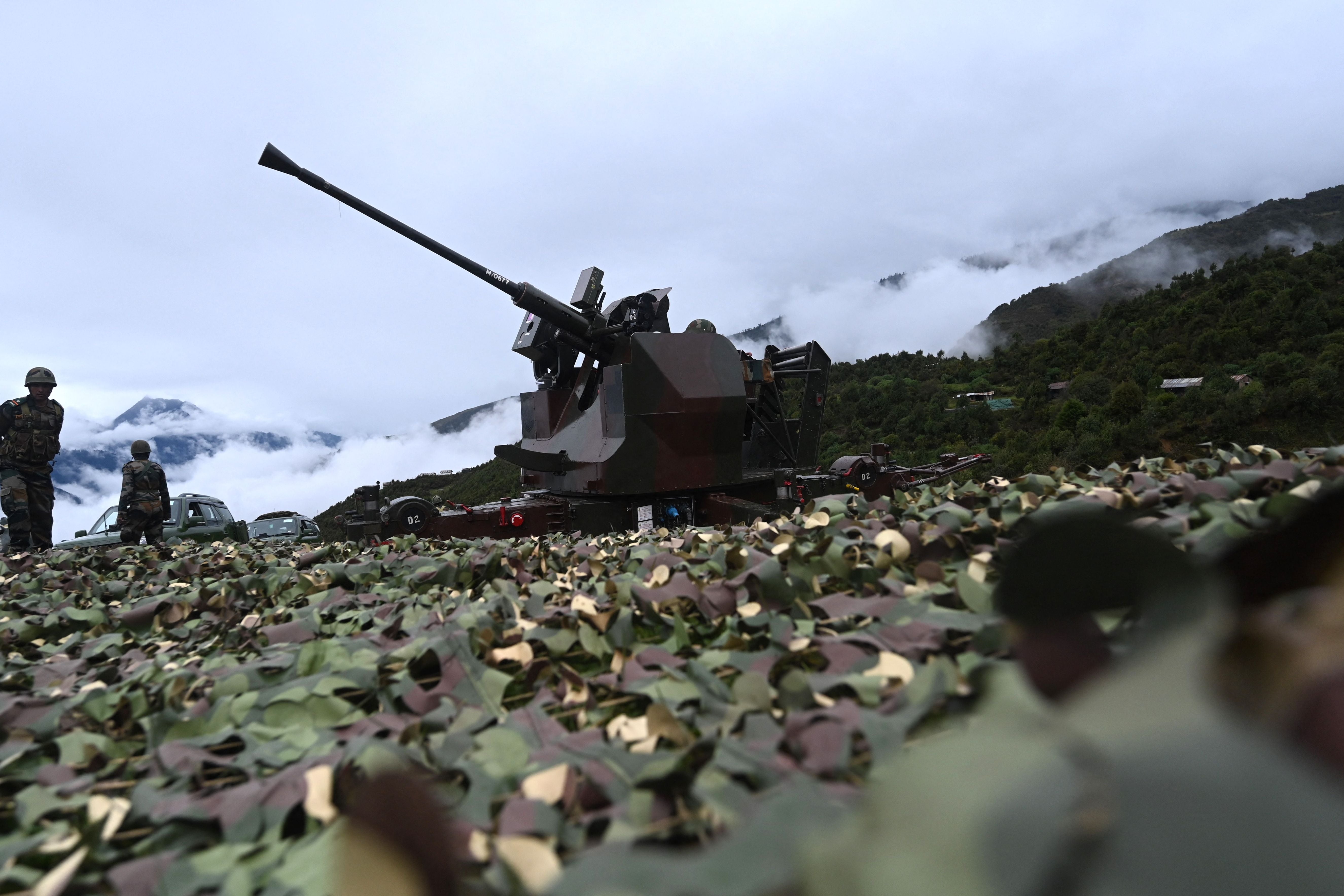US recognises Arunachal Pradesh as part of India and condemns China’s attempts ‘to change status quo’
China claims the northeastern state as its own and calls it ‘Zangnan’ or ‘South Tibet’
The US recognises the state of Arunachal Pradesh as an integral part of India, a bipartisan Senate resolution said in a diplomatic win for India’s government.
The US Senate also condemned China’s military aggression to change the status quo along its borders with India.
The bipartisan resolution was introduced in Senate to recognise the McMahon Line as the international boundary between China and Arunachal Pradesh – the northeastern state to which Beijing lays claim and calls “Zangnan” or “South Tibet”.
The McMahon Line is the border drawn up between Tibet and India when it was still under British rule. The line was drawn up and named after British foreign secretary Sir Henry McMahon in 1914, but was never accepted by China.
“At a time when China continues to pose grave and gathering threats to the Free and Open Indo-Pacific, it is critical for the United States to stand shoulder-to-shoulder with our strategic partners in the region, especially India,” said senator Bill Hagerty, who introduced the resolution with senator Jeff Merkley in the Senate on Tuesday.
The resolution “expresses the Senate’s support for unequivocally recognising the state of Arunachal Pradesh as an integral part of India”.
It also condemned “China’s military aggression to change the status quo along the Line of Actual Control [LAC], and further enhancing the US-India strategic partnership and the Quad in support of the Free and Open Indo-Pacific”.

Mr Hagerty was referring to the line that demarcates the entire border between China and India.
Relations between India and China deteriorated sharply since 2020, when Indian and Chinese soldiers clashed near the border in the northern Ladakh region, that led to the deaths of 20 Indian and four Chinese soldiers.
The skirmish turned into a long-running standoff in the rugged mountainous area, where each side has stationed tens of thousands of military personnel backed by artillery, tanks and fighter jets.
The recognition comes as the Indian foreign minister released the country’s annual report for 2022 on its relations with China.
It said the People’s Liberation Army undertook “several attempts to unilaterally alter the status quo along the LAC” in Ladakh between April and May 2020.
In 2021, China “renamed” areas inside Arunachal Pradesh.

Its civil affairs ministry announced that it had “standardised” in Chinese characters and Tibetan and Roman alphabets, the names of 15 places in “Zangnan”.
“America’s values supporting freedom and a rules-based order must be at the center of all of our actions and relationships around the world, especially as the PRC government pushes an alternative vision,” Mr Merkley said about the resolution, as ties between US and China have been strained further after the shooting down of a Chinese “spy” balloon.
“This resolution makes clear that the United States views the Indian state of Arunachal Pradesh as part of the Republic of India – not the People’s Republic of China – and commits the US to deepening support and assistance to the region, alongside like-minded international partners and donors,” he said.
The resolution also condemned construction of villages in contested border areas with India, publication of maps with Mandarin-language names for cities as well as the expansion of its territorial claims in neighbouring Bhutan.
Join our commenting forum
Join thought-provoking conversations, follow other Independent readers and see their replies
Comments


Bookmark popover
Removed from bookmarks